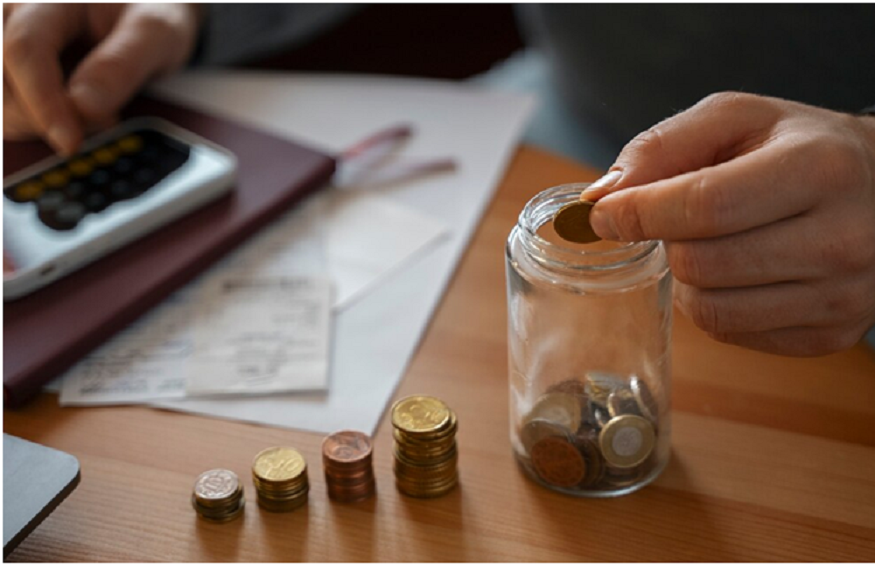An emergency fund is one of the most crucial foundations of financial stability. It provides a cushion against unfavourable shocks in the different fiscal processes and saves one from having to borrow at very tender moments. It can be a layoff from work, an unexpected illness, or an auto breakdown, but having an emergency fund can assist you in dealing with such occurrences without necessarily upsetting your financial goals.
Below is a comprehensive guide on how to set up a strong emergency fund that will help you sleep well, knowing that you’re shielded from financial shocks.
Understanding Emergency Funds
An emergency fund is a deposit meant for unpredictable expenses or an emergency. This fund should only be used in a real emergency, a situation that you cannot avoid and for which you have no other way to get the money. If your fund is insufficient, you may need to consider emergency loans online as an option.
How Much Should You Save?
Ideally, an emergency fund is several times less; the optimal amount is believed to be three to six months’ worth of living expenses. But this number may vary depending on your circumstances. Many of them include your employment status, family income, insurance status, and other factors. If you are in a high-risk industry or the breadwinner of the family, it is better to save for six to twelve months of expenses if you want to sleep well at night.
To determine your figures, add up your monthly expenditures, such as housing costs, utility bills, food costs, transport costs, insurance, and any outstanding debts. Expenditures that are unnecessary or could be postponed should also not be included. If you know how much you spend in a month, then you multiply that by the number of months that you want to save for.
Building Your Emergency Fund
It is not easy to create an emergency fund, but it is possible to break it down into small achievable goals. First, determine the precise amount you will require and then work on its construction step by step.
Instead, start with less to provide enough funds for simple and critically urgent but comparatively small expenses. Once this is done, then focus on the bigger picture of what you want to accomplish. The main factor here is that one has to be constant. Open a transfer from your checking account to a high-yield savings account, and you’ll save without realising it. Setting a goal to save at least 10% of each paycheck is possible to help you move along the process faster.
If saving is tough for you, you should reduce your expenses or find more ways of making more money.
Where to Stash Your Emergency Savings
It is very important to decide where to keep your emergency fund. This fund must be safe and easily accessible, so investing in stocks or bonds is not suitable. However, go for a high-yield savings account with better interest rates than the normal one, as the money is easily accessible. You can do fixed deposits, or create a recurring deposit account where the interest rate is higher and creates a habit of savings.
The Tasks of Maintaining the Fund and Expanding its Size
Once you have set up your emergency fund, the next thing is to keep it going. Accidents can occur at any given time, and refilling them is important if you have to use your funds. Be informed of the status of this account and check it before the balance is due to check it, although this should be done quarterly. If your living expenses rise in the future, then you should change the amount you save to match the current level of protection your fund offers.
Common Pitfalls to Avoid
One can make mistakes while avoiding building or maintaining an emergency fund. First, one is that goals set are often too high to reachable. Looking for small wins and increasing savings over time should help here instead. One other very common mistake is failure to start. Most people promise themselves to save for a rainy day “when they get around to it,” but adding the savings into however little money one can manage will add up over time.
Avoid wasting it on non-essential purchases, too. Then, that would defeat the purpose of saving and make you run out of money at a moment when you will need it the most. Lastly, once you have achieved your target, don’t stop saving. Life can surprise you in many ways, and building up your fund beyond your target will only increase your security.
Final Thoughts
If you are facing an emergency, you can avail of an urgent ₹1000 loan to help yourself in this troublesome scenario. However, building a totally bulletproof emergency fund is something that will take time, consistency, and discipline. It is one of the most rewarding financial goals anybody can accomplish. It ensures that when life throws curveballs your way, you’ll be ready to face them without the added stress of financial insecurity. Start small, automate your savings, and see how much your fund grows. The best time to start is now.



